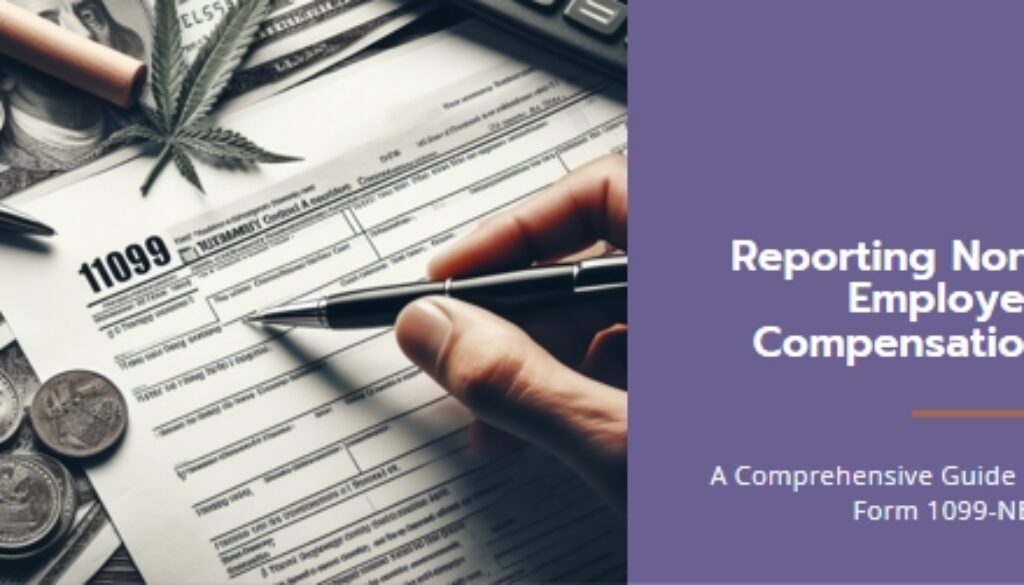Form 1099-NEC: Your Comprehensive Guide to Reporting Non-Employee Compensation
Form 1099-NEC: Your Comprehensive Guide to Reporting Non-Employee Compensation
Introduction
Understanding tax forms is crucial for both businesses and individuals. One such important form is the Form 1099-NEC, used for reporting non-employee compensation. This guide will help you understand what it is, who needs to file it, and how to do so correctly.
What is Form 1099-NEC?
The Form 1099-NEC is a tax form used by the Internal Revenue Service (IRS) in the United States. It’s used to report payments made to non-employee service providers, such as independent contractors, freelancers, or other self-employed individuals. These payments are often referred to as “non-employee compensation.”
If you’re a self-employed person who provides services to other businesses, you might receive a Form 1099-NEC from them at the end of the year. This form shows how much they paid you for your work, and it’s also sent to the IRS. The Form 1099-NEC is different from the Form 1099-MISC, which used to report non-employee compensation until 2020.
Need help filing your taxes?
Click here to Book an online appointment
The IRS created the Form 1099-NEC to separate non-employee payments from other types of miscellaneous income, such as royalties, prizes, or rents. You need to report the income from the Form 1099-NEC on your tax return, and you may also owe self-employment taxes on it. The Form 1099-NEC is not a bill, but a record of your earnings. You can use it to track your income and expenses, and to prepare your tax return accurately.
Who Needs to File Form 1099-NEC?
If you’re a business owner who has paid at least $600 to a non-employee service provider within the tax year, you’re required to file a Form 1099-NEC. The non-employee service provider also receives a copy of the form, which they use to report their income on their tax return.
How to File Form 1099-NEC
Filing Form 1099-NEC involves the following steps:
- Gather Information: Collect the necessary information, including the total amount you paid to the non-employee service provider and their tax identification number.
- Fill Out the Form: Complete Form 1099-NEC with the gathered information. The form is available on the IRS website.
- Submit the Form: Send Copy A of the completed form to the IRS and Copy B to the non-employee service provider. The deadline for submitting the form is typically January 31st of the year following the tax year.
- Keep a Copy: Retain Copy C for your records.
Resources
Here are some resources that can help you understand and file Form 1099-NEC:
FAQs
Q: What is non-employee compensation? A: Non-employee compensation refers to payments made to individuals who are not employees of the company. This includes independent contractors, freelancers, and other self-employed individuals.
Q: What is the deadline for filing Form 1099-NEC? A: The deadline for filing Form 1099-NEC is typically January 31st of the year following the tax year.
Q: What happens if I don’t file Form 1099-NEC? A: If you fail to file Form 1099-NEC, you may be subject to penalties by the IRS. The amount of the penalty depends on how late the form is filed.
Q: Can I file Form 1099-NEC electronically? A: Yes, you can file Form 1099-NEC electronically through the IRS’s e-file system.
Conclusion
Understanding and correctly filing Form 1099-NEC is crucial for accurate tax reporting. If you’re unsure about any aspect of this process, consider consulting with a tax professional. Remember, staying informed and organized is the key to smooth tax filing.
Disclaimer: This blog post is for informational purposes only and should not be taken as legal or tax advice. Always consult with a tax professional for your specific needs.
My Business Web Space may earn an Affiliate Commission if you purchase something through recommended links in this article.
Discover more from My Business Web Space
Subscribe to get the latest posts sent to your email.

